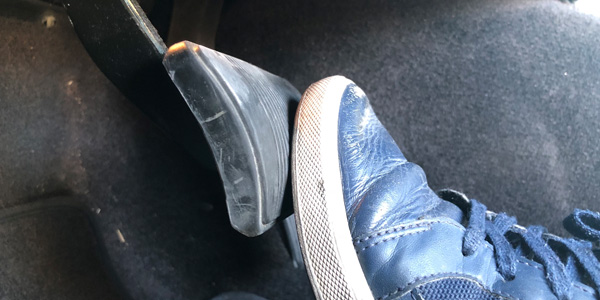
The “good, better, best” sales model always has been a useful tool for salespeople. By giving the consumer a range of options to choose from, there’s more chance of completing a sale on one of these choices. But when it comes to selling brakes, how do we really determine which product is the best choice for a particular customer?
Pricing structure is one way that merchandisers differentiate similar products, but that only gives a general perception of quality, usefulness or suitability. If the salesperson simply rattles off a list of available price points, the customer only knows how much each option costs. The customer may infer that the prices reflect good, better or best quality, but in actuality there are a multitude of questions that still need to be answered beyond “how much do you want to spend?”
Salespeople who like to take the path of least resistance often lead with their least-expensive option for a fast or easy sale. They’re short-changing themselves as well as their customer, and are missing opportunities to sell value-added products as well as truly satisfying the customer’s needs. Salespeople who take the opposite approach risk alienating customers by leading with pricing that may be beyond their intended budget, or out of line with other options they’ve been quoted elsewhere. The salesperson who throws every possible option onto the table runs the risk of overwhelming the customer with choices, which may actually make it more difficult to reach the end of the sale.
In his book “The Paradox of Choice – Why More is Less,” psychologist Barry Schwartz argues that a consumer’s best decision involves six steps:
- Figure out your goal or goals;
- Evaluate the importance of each goal;
- Array the options;
- Evaluate how likely each of the options is to meet your goals;
- Pick the winning option; and
- Modify goals.
By jumping into the decision-making process at step No. 3 (array the options), salespeople fail to identify the customer’s goals or how important those goals are to them. They also aren’t equipped to help the customer evaluate how their product will meet their needs, because they don’t really know what those needs are! We assume their immediate need is to put brakes on their car, but what does that need actually represent to them? To some, brake pads are a commodity – no different than milk, butter or eggs. When they run low, they must replace these items, and any old brand will do. To another, those brakes represent safety and security. Maybe a deer darted out into the road, and it took a bit longer than expected to stop the vehicle. For others, a set of brakes needs to perform daily under a very specific set of circumstances, like a police vehicle.

While all potential sales should more or less follow these six steps, conversations about safety-critical items such as brakes should focus on the “why” rather than the “how much?” We don’t have all afternoon to interrogate a customer about their driving habits, budget, expectations and other needs. But determining some basic information about why they’re standing in front of you helps narrow down the list of options you’re likely to present to them. It also gives you the opportunity to present the features and benefits of your product, which helps them evaluate how well your product will meet their expectations, and make an informed choice. Successfully meeting the customer’s expectations not only translates into making this sale, but future sales as well.












